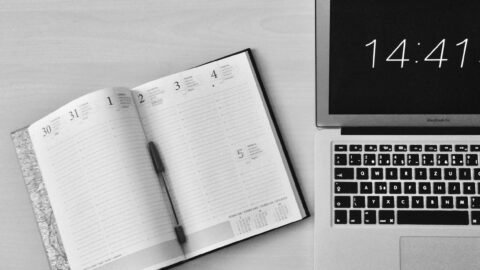How do you measure and improve employee productivity?
By measuring the productivity of your company, you’ll be able to make changes such as adding employees to better enable you to meet your deadlines. Understanding the productivity of your employees also allows you to work out how efficient your company is overall. There are several ways to measure and improve productivity – and in this blog we’ll discuss how to improve employee productivity.
Table of Contents
How to measure employee productivity?
When it comes to measuring employee productivity within a business, employee engagement has always been one of the most important factors to consider. If the job that your workers do is something that really motivates them, and if they wake up each day with excitement about the prospect of going to work, they will be more likely to offer their very best effort. And work more diligently to increase their output. On the other side, angry and unsatisfied workers have a tendency to be less productive at work and tend to slack off while they are there.
Because of this, a company has a responsibility to monitor the productivity of its workers and to devise strategies for boosting that productivity over time. The productivity of workers within an organization cannot be measured in accordance with a predetermined protocol. Nonetheless, the following fundamental method may provide you with some insight into the level of productivity shown by your workforce.
-
Establish a baseline
In order to be able to measure productivity, you first need to establish some baseline metrics for you to measure against. You’ll also need to identify work outputs for each position, and ensure expectations are set for every role. This creates a reference point and holds all employees accountable.
If you want to be able to put a number on an employee’s productivity, you need begin by establishing an unmistakable performance standard for your workforce. This will serve as the benchmark against which you will evaluate the workers’ overall levels of productivity. After that, tally up the aggregate number of working hours or minutes that each of your staff members has devoted to the operation of your business. For instance, if your workers work five days a week and each day they put in eight hours, that totals forty hours, or 2,400 minutes, that they spend working each and every week.
Deduct from the total amount of time that your workers spend working the hours or minutes that they do not spend working in order to determine their level of productivity. This time includes lunch breaks, meetings, leaves, brief office breaks, and any other time that occurs outside of regular work hours.
-
Measure tasks not hours
Some useful measurements are things like how quickly customers are served, how many calls are made, or how many orders are dispatched. Depending on your industry, it might be easier to measure group output instead.
-
Carry out a customer survey
Less than perfect employee productivity and performance will have an impact on your customers – so, a customer survey can be a good way of getting feedback and tracking back to specific employees when something hasn’t gone to plan. Equally, good performances can also be identified.
-
Ensure employees know the value of quality work
The timely completion of tasks to a high standard is vital in measuring employee performance. By monitoring the quality of work as well as the quantity, any training needs should be clear quickly.

How to improve employee productivity
-
Improve workplace conditions to improve employee productivity
Create optimal working conditions by ensuring there’s plenty of natural light in the office. It’s been found that employees who work in an office with enough natural light sleep 46 minutes more at night, meaning they’re more rested, and more likely to focus when they come into work.
-
Upgrade technology
Communication is key when it comes to productivity, so make sure you upgrade your technology to ensure you’re using the most effective means of communication. For example, you might consider a Microsoft Teams phone system to aid with improving employee productivity.
-
Allow flexible schedules
Because each individual has different peak productivity times throughout the day, accommodating for less traditional working hours is likely to have a big impact on your employee’s output. Allowing workers to start several hours later or work a split shift may be just what they need to get more done. Obviously flexibility can only go so far, but by giving employees that choice, you just might find that they’re a lot more productive.
-
Focus on employee training
Training helps to improve employee knowledge, which goes on to benefit their work performance. Specialised software can provide a variety of useful courses that help employees to expand on their existing skills and learn some new ones. As well as this, the majority of them also offer analytics and statistics, so you can track the progress of your employees.

Having said that, it’s also important to let employees learn at their own pace, as rushing through topics won’t allow new knowledge to become consolidated.
Last but not least, when you are providing feedback to your staff, you need to ensure that you are being totally open and honest with them. Appreciating their accomplishments will encourage them to put in further effort. And pointing out their errors will assist them in becoming more proficient in their task. Now you know how to measure and improve employee productivity. It’s time to put some of these techniques into practice, working to improve overall efficiency and productivity of your business.

Adhar Dhaval is experienced portfolio, program and project leader with demonstrated leadership in all phases of sales and service delivery of diverse technology solutions. He is a speaker sharing advice and industry perspective on emerging best practices in project leadership, program management, leadership and strategy. He is working for the Chair Leadership Co.










